Does the thought of a missing pet fill you with dread? Dogs become lost all the time, more than you'd think!
Today we're sharing our top tips on how to keep your dog safe, and the important steps to take should it happen to you.
How could they go missing?
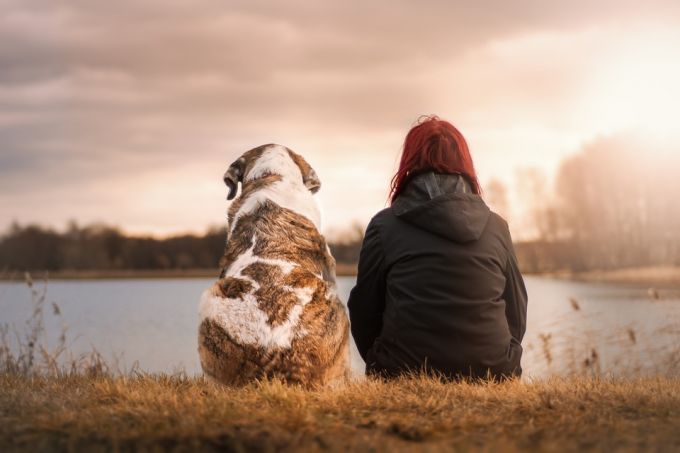
There are a few ways that your dog could become lost, but most commonly by:
- Escaping or running away on walks.
- Breaking free from gardens or escaping through doors.
- Theft.
A dog could run away for so many reasons, be it a scent or a sound, so don’t feel guilty as an owner should it happen to you. Follow these easy steps to keep your dog safe.
Prevention methods
1. Get pet insurance
Pet insurance is great for when your dog needs one too many trips to the vet, but did you know it’s also handy for when a dog goes missing? Search around for the best plan for you and try to get one that’ll be able to support you should anything happen.
2. Ensure your dog is microchipped
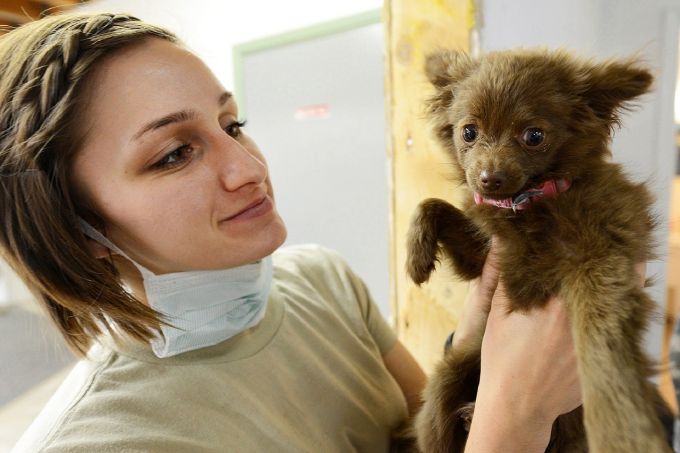
As of 2016, it became the law that all dogs in the UK should be microchipped by the time they are 8 weeks old. A microchip will allow your dog to be identified and traced back to you. You’ll be contacted through the information on your file if they ever happen to go missing.
3. Put a collar and identity tag on your dog

Not only will a collar give you something to grab hold of if you’re trying to bring your dog back to safety, but it will show others that they’re not a stray. It’s best if they can keep the collar on at all times, just to be safe, but especially when out on walks.
The identity tag should display a name and address. We’d also suggest having a telephone number on the tag. If a member of the public finds your dog, they’ll be able to contact you easily.
4. Take photos regularly
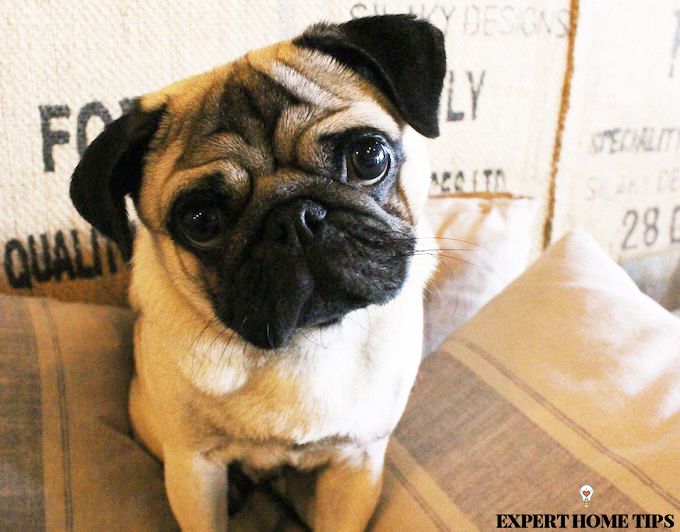
This one is nice and easy! We’re sure you do it already, but make sure to take photos of your pet on a regular basis. If they go missing, you’ll have lots of accurate photos to share around. It’s also a really good idea to make sure you have at least one photo of you with your dog, just in case you need to prove that you’re the owner.
5. Attach a tracking device to their collar
Take away all the worry by attaching some smart technology to their collar. You’ll want to look for a tracker that has good signal range, battery life and that’s waterproof. Ensure that it’s working on all walks. They can be pricey, but they’re great for peace of mind.
6. Check the security of your property
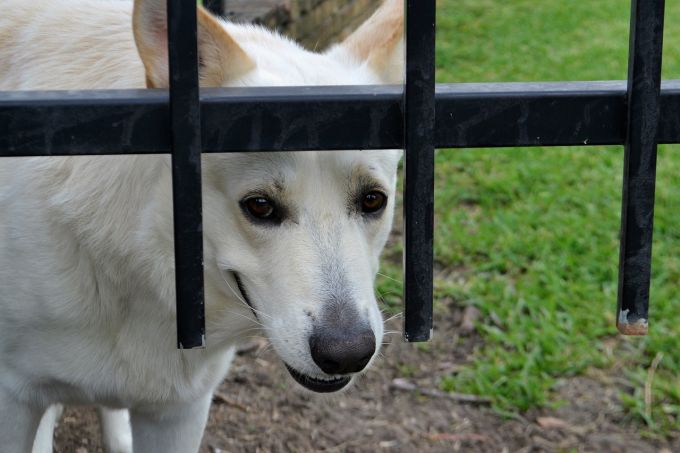
To deter against theft and escape, you should ensure that your property is completely secure. This includes:
- Checking for gaps or weaknesses in fences.
- Making sure back gates are securely locked at all times.
- Installing security cameras to deter thieves.
Always take care when opening your front door. Your dog could easily slip past you and run out into the street. It might be worth installing a stair gate to hold them back when you’re taking in deliveries.
7. Plan your walks
Try to plan your walks in advance, thinking about any dangers that you might encounter. Ask yourself questions like:
- Is it near a busy road?
- Will there be loud noises that could startle them?
- Is it secure?
- How far are you from home?
8. Watch out for other dogs
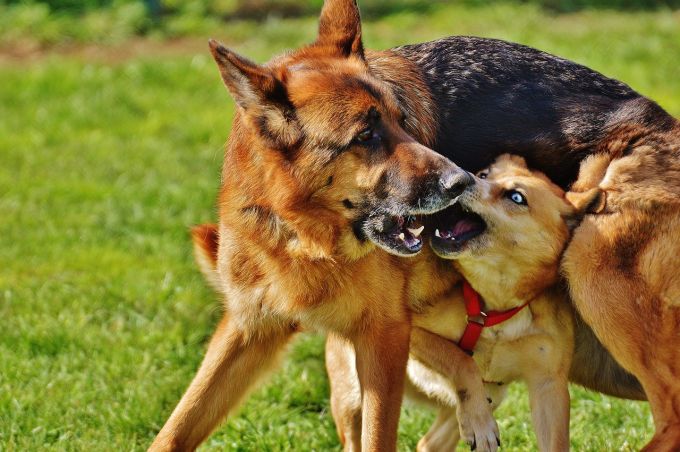
Some owners will allow their dogs to roam freely off the lead. Whilst most dogs are friendly, some just don’t get along. In the event of an attack, it’s quite common for dogs to break free from their leads and run away. It’s best avoided at all costs. If a dog attacks or you think a fight may be about to happen, you should:
- Communicate with the dog’s owner. Let them know that your dog is nervous or not good with other dogs.
- Consider putting a “nervous dog” jacket on your pet. This will ward off other owners without the need to communicate.
- Walk your dog in the opposite direction. Try to avoid letting their paths cross or letting them see each other if possible.
- Avoid walking your dog along narrow routes or places with lots of other dogs.
- Walk your dog at less busy times.
9. Keep them on the lead

Unless you’re 100% confident in your dog’s training and recall abilities, don’t let them off the lead in public, unsecured places.
10. Don’t leave your dog unattended
As tempting as it might be to tie a dog up outside whilst you pop in for a newspaper, never leave your dog vulnerable to an opportunist thief. You should also never leave a dog alone in a car - not only is it really dangerous in hot weather, but they make an easy target.
The same applies to when your dog is in the garden - make sure that you keep a good eye on them at all times to prevent both escape and theft.
Be especially cautious of anyone who asks you intrusive or unusual questions about your dog, whether online or in person.
They're missing - now what?
1. Immediate response

The first hour is crucial to the search. After this, they could have travelled a greater distance than you can easily track.
To begin, you should check that they're not hiding in a corner of your house. A lot of dogs will be startled by loud noises like fireworks. It's unlikely they'll come out of hiding, even if you call them.
If you’re out on a walk and your dog has got free, walk by along the route and check your car or home to see if they’re waiting for you there. It's surprising just how good dogs are at navigation!
If they’ve got out of your home, look around your neighbourhood. Take some treats or something with a familiar sound that might attract them. Keep calling their name.
2. Answer the phone

You might want to get out and search for your dog, but who will answer the phone if they're found? Your dog's microchip and identity tag will contain your contact details so that people will be able to trace him back to you. Arrange for someone to be at your house or at the end of the phone should they be found.
3. Get the word out

You’ll be more likely to find your dog if people help. Some ways to get help are to:
- Ask people out and about if they can look out for your dog.
- Use social media to tell people your pet is missing. Post on community pages and ask people to share your missing pet post.
- Make posters. Put them on lamp posts and inside shop windows - with permission first!
- Contact specific organisations like Animal Search UK.
4. What information should you share?
When telling people about your missing dog, you should include the following information:
- Your name.
- Your pet's name.
- A detailed description of your pet.
- Photos of your pet.
- Your telephone number and email address.
- Details about how and where they went missing.
Be cautious of scammers who might look to your missing pet for financial gain. You should leave out a defining feature of your pet in any descriptions so that you can test anyone claiming to have found your pet. If they ask for a reward, they're probably suspicious.
5. Register them missing
Contact the microchip company or your local vets to alert them that your pet is missing. If you think your dog has been stolen, you should contact the police and tell them that they’ve been stolen. Make sure they give you a crime reference number.
6. Don't scare them
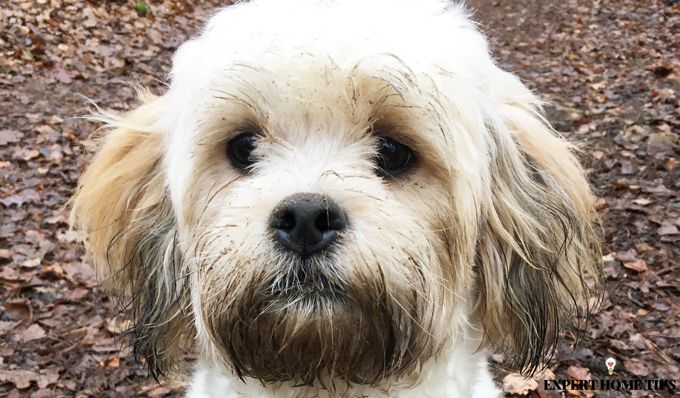
If you do see your dog, don’t run after them! They probably won't recognise you straight away so they'll only feel threatened and run further away. You should walk to them slowly, calling their name enthusiastically.
7. Get them checked over
When you're reunited with your dog, check if they have any injuries. If they’ve been missing a while, take them to your vets to make sure they're healthy.
Think about the lessons you’ve learnt from your dog going missing and how to prevent it from happening again in the future.
8. Never stop looking
If you’re still searching, don't give up. Pets often go missing and they should turn up again sooner or later!
9. Contacts
For help or support during your search, you can contact:
- Your local council.
- Your dog warden.
- Vets in your area.
- Your local police department.
- Facebook communities.
- Your pet insurance company.
- Animal Search UK.
- RSPCA.
- The Blue Cross.
Have you ever had a pet go missing? Let us know in the comments!

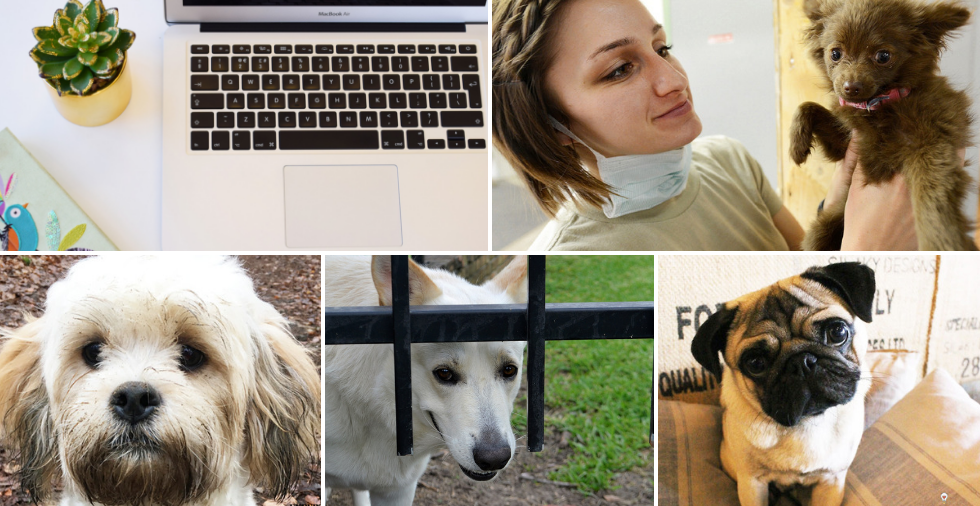
Ensure the microchip is kept up to date when you purchase the dog or move address.
Great tip, Jo!
Regarding comment 8 in the first section of the article. All dogs should go to classes and be socialised. Adult dogs can be socialised at classes and by patient knowledgeable owners!
Of course!
I'm just confirming that it's best to have ALL pets microchipped. 18 years ago, my pedigree kittens were playing in my back garden and one was stolen. We searched and notified all the local vets, even checking with them all on a regular basis for well over a year. Scroll forward almost 9 years, and out of the blue one Saturday afternoon, I received a call from a local vet saying they had my cat. At the time, I was confused because I could see all my cats, but the vet told me her name and I was gobsmacked, it was my kitten who had been taken ALL those years ago. Unfortunately, it wasn't the ending to the story we'd hoped because she'd been attacked by a dog, but a kind gentleman had seen it happen, stopped his car, scared the dog away and taken the cat straight to the vet. Sadly, they couldn't save her but the vet said that, but for her injuries, she appeared to have been healthy. I know it took a great many years for me to know what happened to her, and it wasn't good news, but I did get closure. One selfish thing for me was that the people who'd stolen her will never know her fate and will probably have spent time looking for her. Although, I do know that they never contacted the vet she was taken to, because I asked them to let me know whether anyone else contacted them looking for her, and to this day, they never have.
Thank you for sharing this story! Having all pets microchipped is recommended as it provides a permanent form of identification that cannot be easily removed or altered. Responsible pet ownership includes ensuring pets are kept secure, collars and tags are up to date, and regular vet visits are maintained.